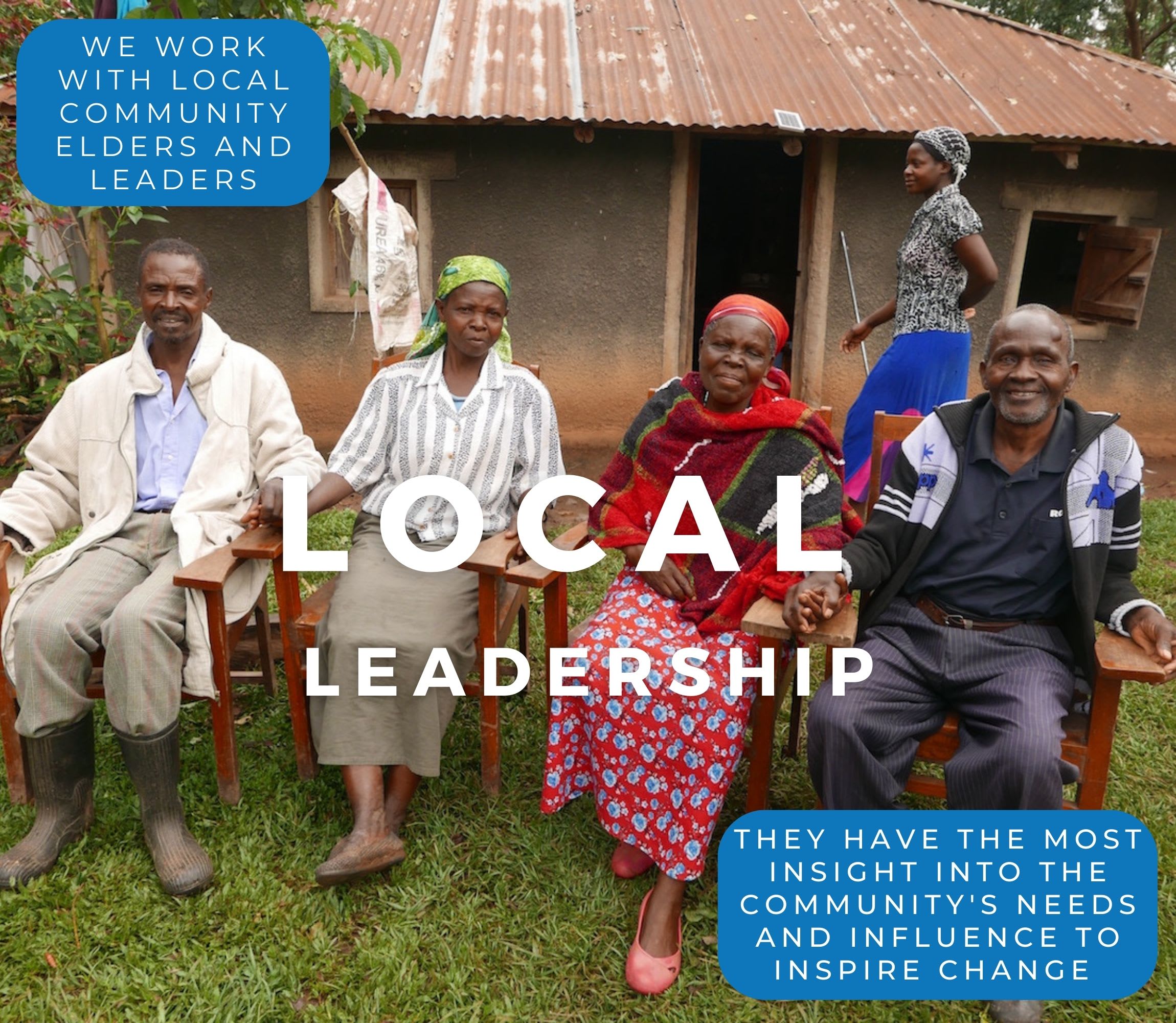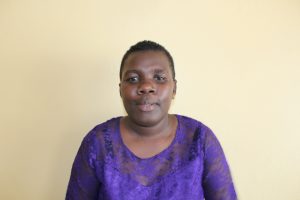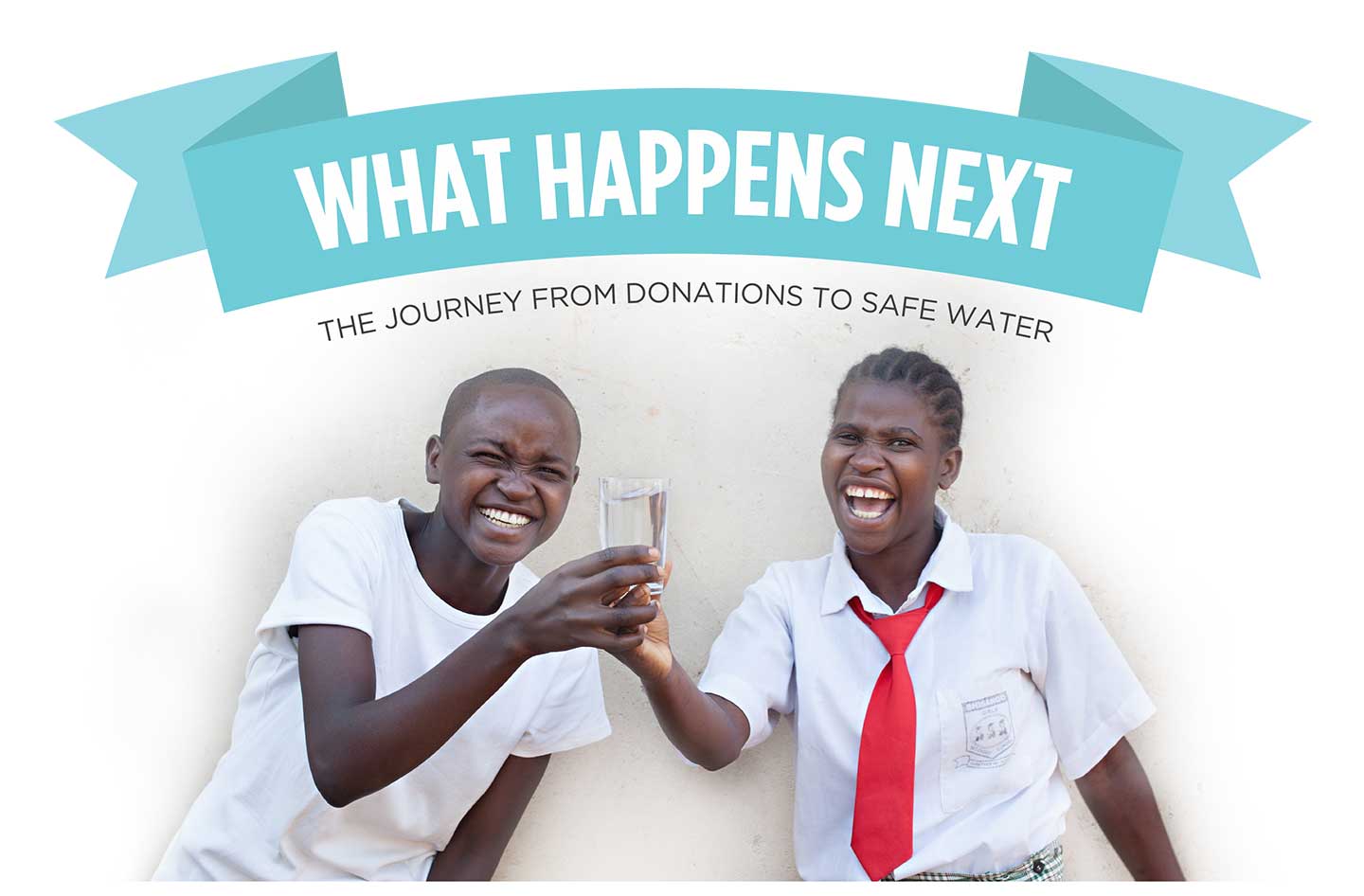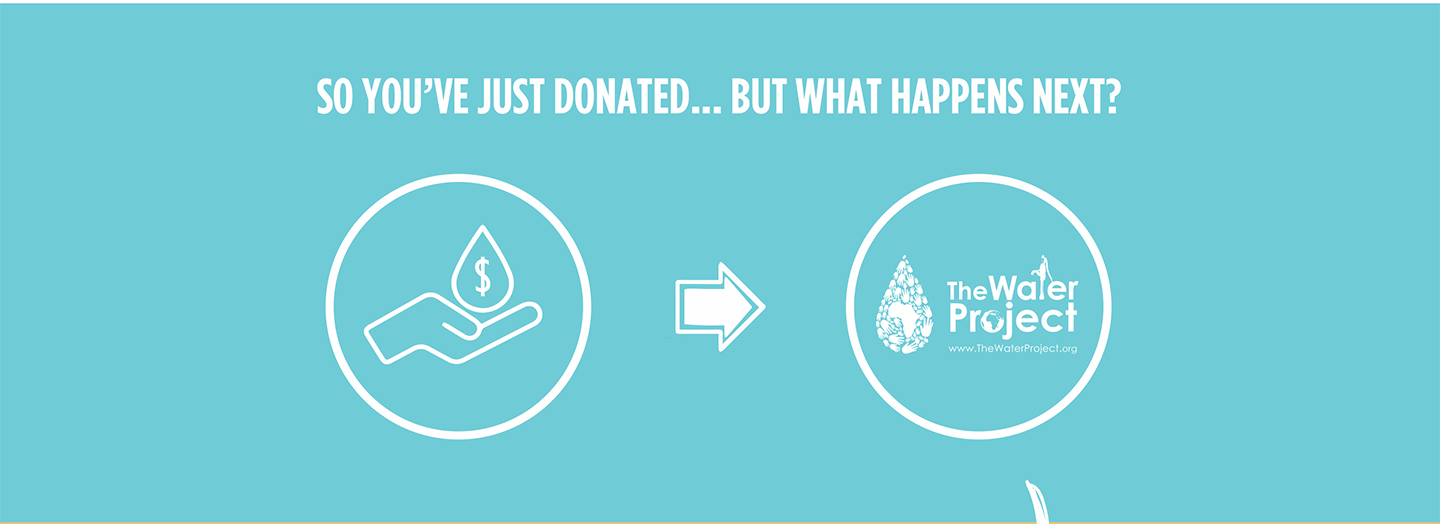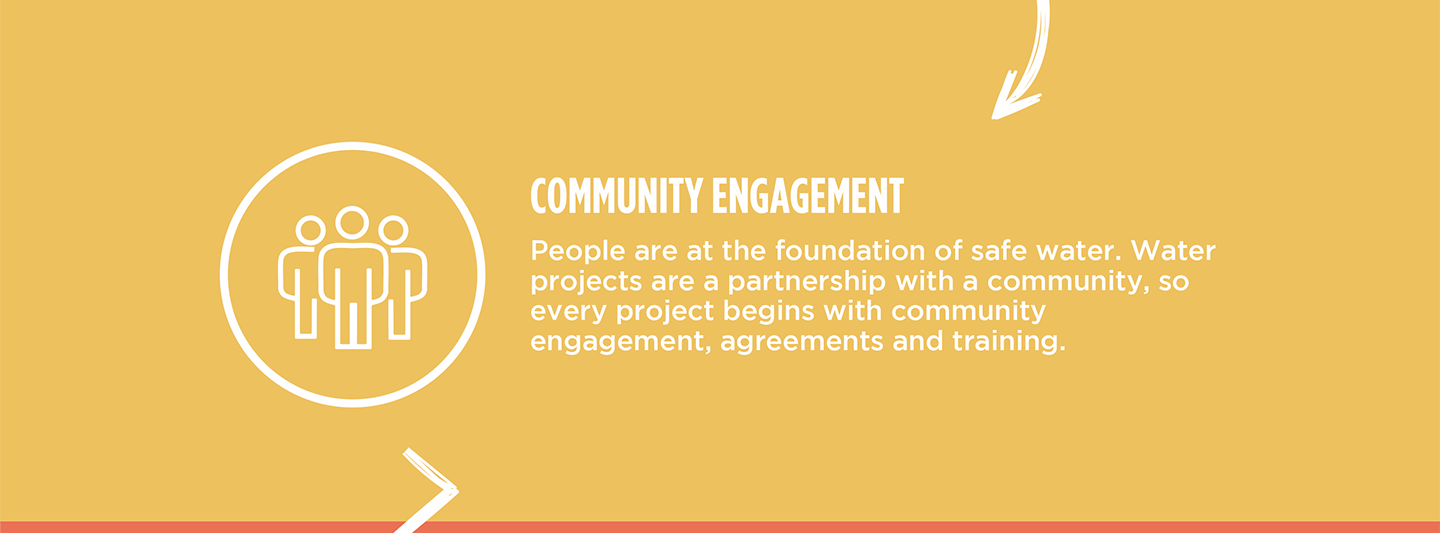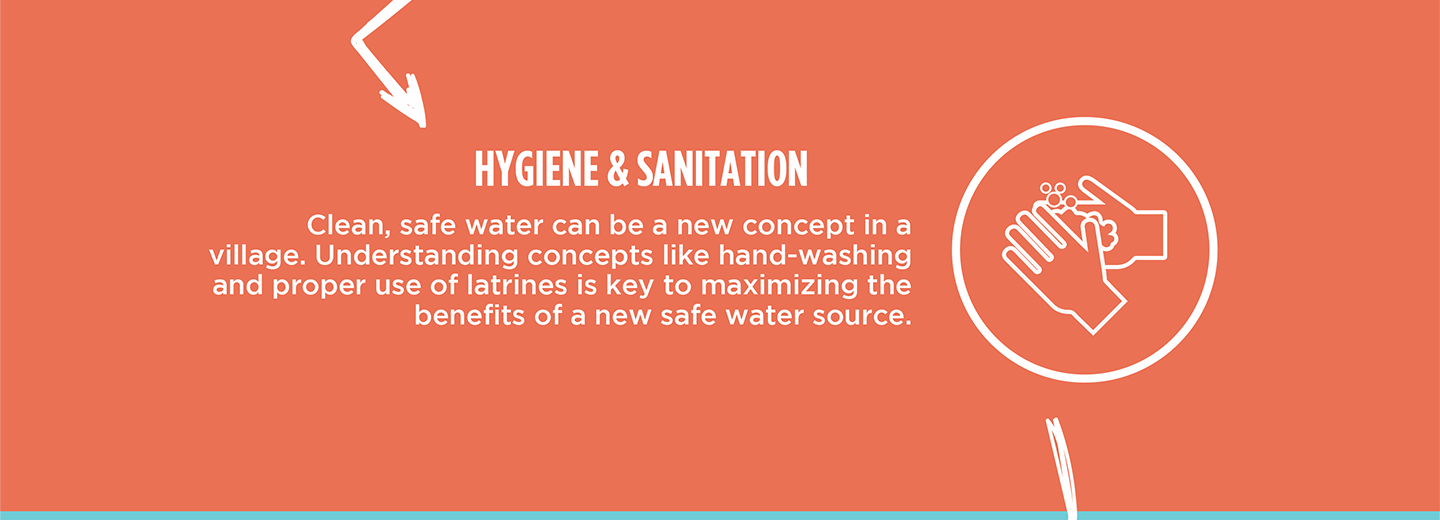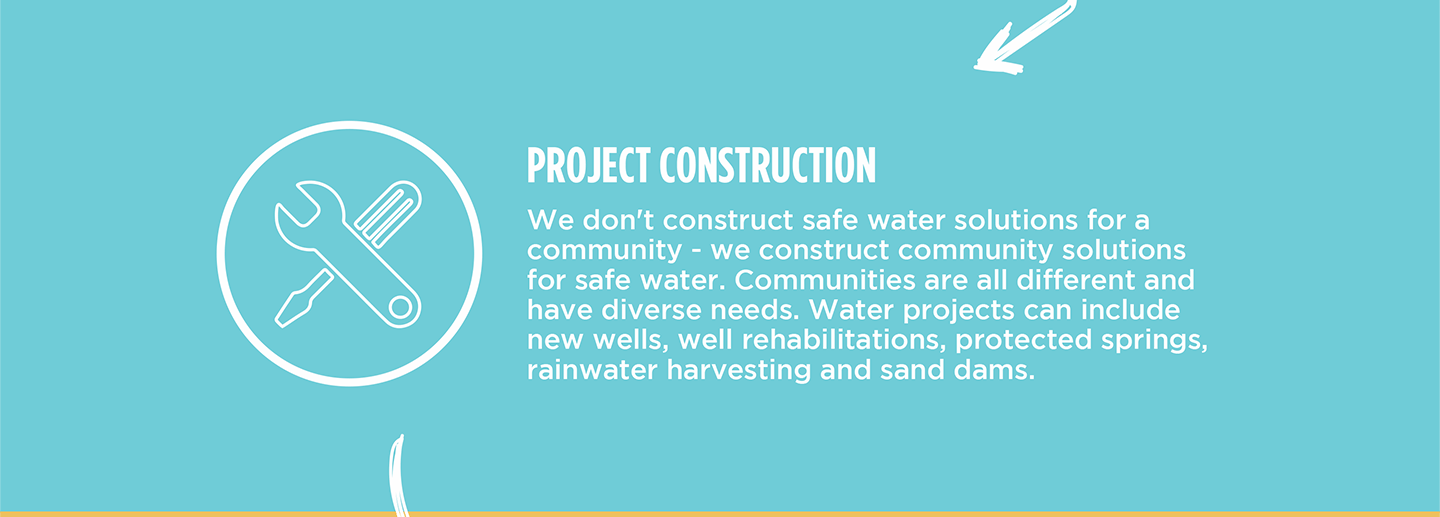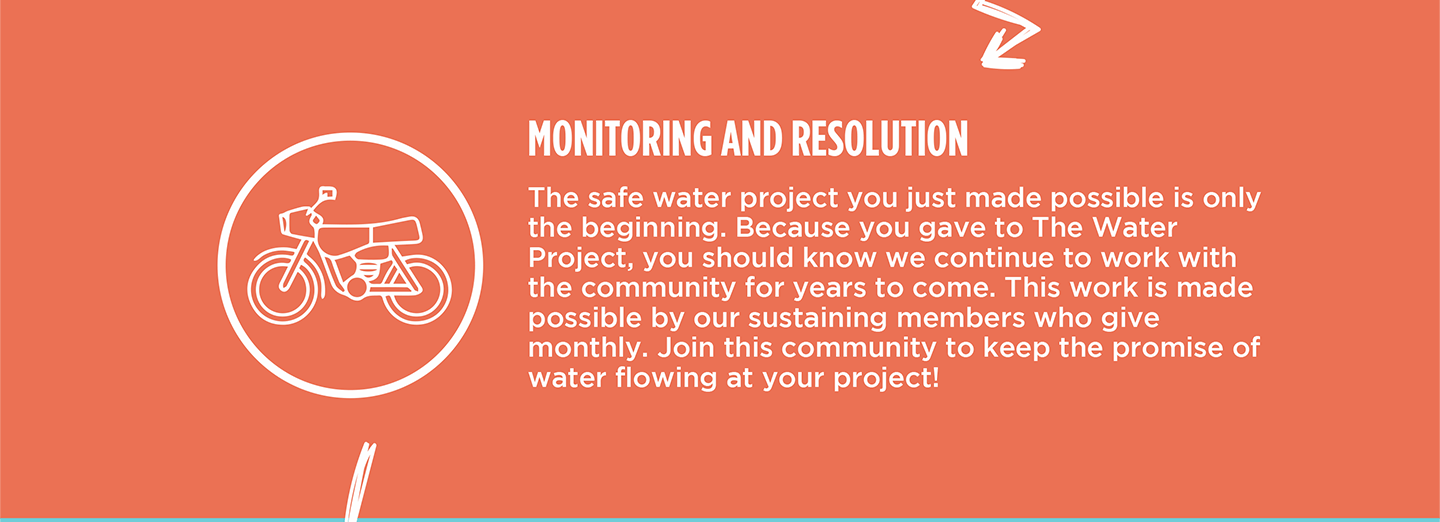Our field officer who examined Mmasava Spring says the water isn't even fit for swimming, let alone drinking and cooking with. But it's the only option for the 140 people who live in Mudutsu. They are used to cholera and typhoid now; after all, they don't have a choice. Mmasava Spring is their only source of water, and it's putting them all in danger.
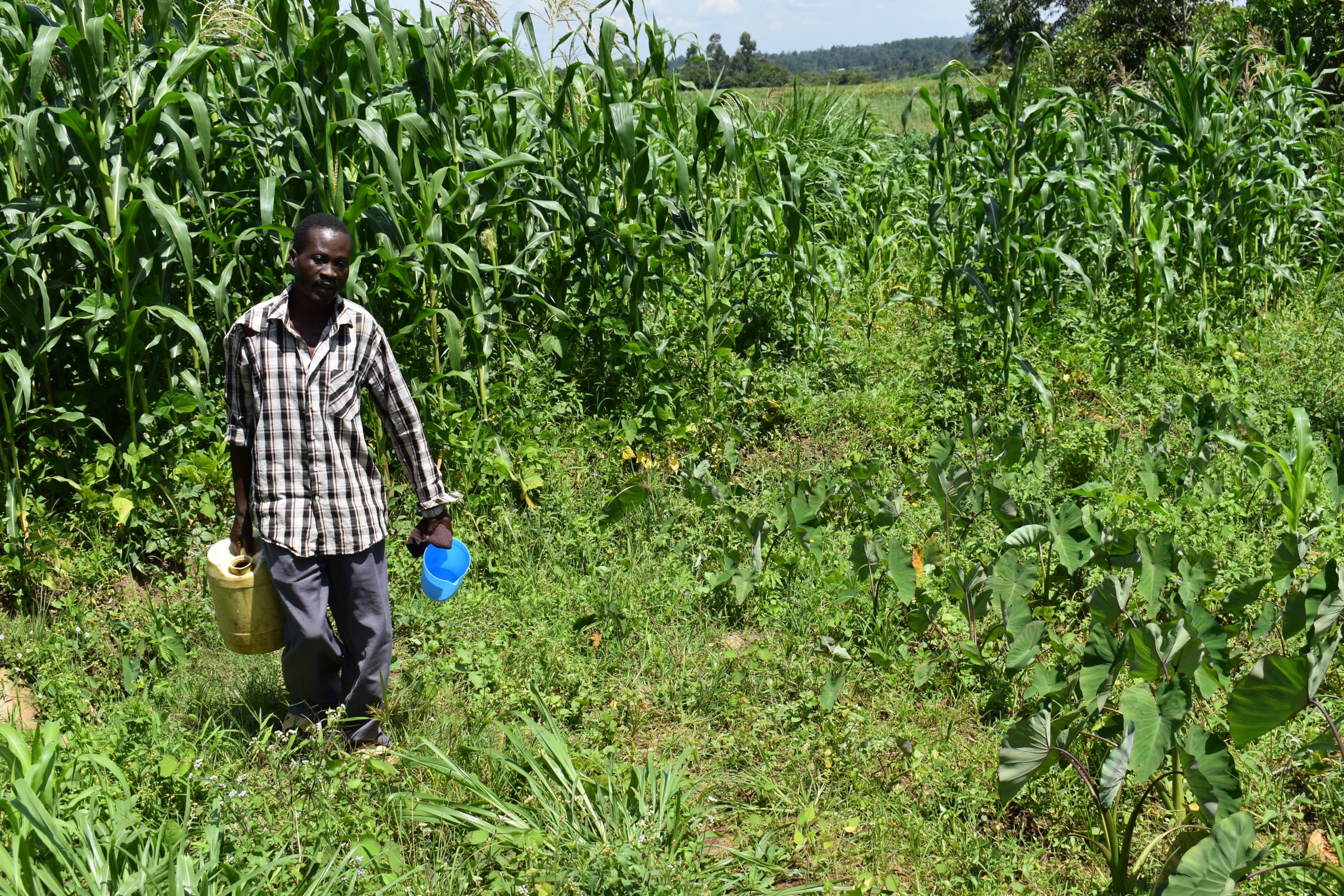
"[I] have lived in this village for a long time," said Simon Orio, 37, a local farmer (pictured above). "One case that I cannot forget is when my nephew started [to have] diarrhea at night continuously and it was raining. We thought it was just for some time, but the situation kept changing from bad to worse, and he was complaining of [a] stomachache too. We had to walk to the hospital while being rained on. Thanks to God, he was assisted on time. The diagnosis was typhoid."
Even if those who get sick get treatment and survive, their futures are still in peril. Like 12-year-old Glen (pictured below), who feels as though he's being left behind by his classmates. "[I] have had a number of cases where I had [a] fever and [was] forced to stay at home while other pupils were at school, which I don't like. It makes me drag behind in terms of performance in my class, and all this is because of using contaminated water, which we don't have an option for now."
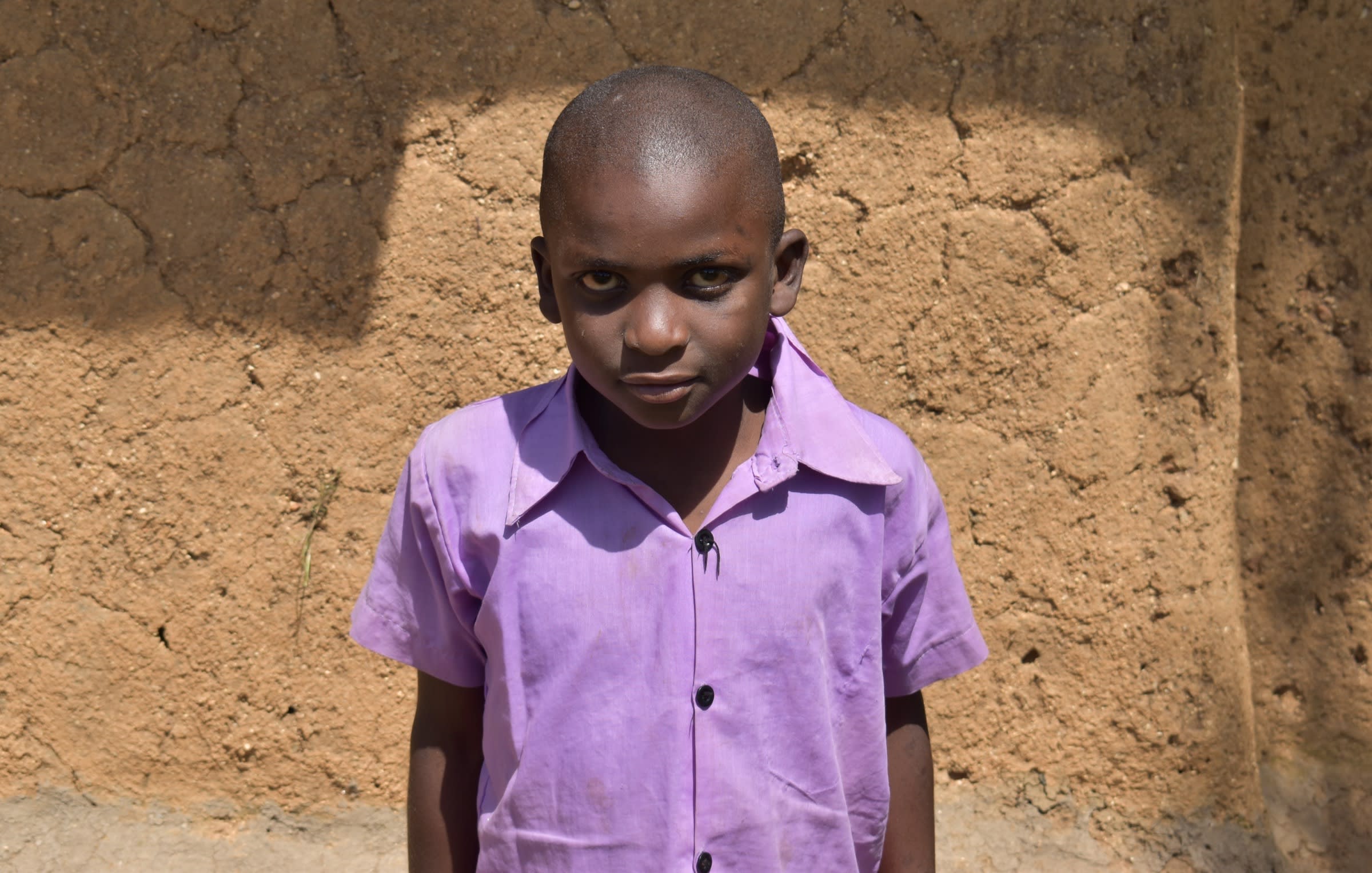
The spring is at the base of a hill that is used for farmland. When it rains, all the runoff is deposited into the water, carrying fertilizer, dirt, and who knows what else. Also, the rain makes the ground around the spring slippery, which makes scooping up the water from the pool even more difficult than usual. The rain stirs up the water, too, so even the most carefully fetched water will be brown and opaque. Because of this, community members often wait until the day after a rainstorm to access the water, but in the rainy season, when rain is constant, they can only wait so long before they need water.
Even with all the strife they endure because of their community's water crisis, our field officers only had good things to say about Mudutsu's people. "This community defines themselves by their character," she said. "They are people who never give up easily, who always give the best of them. Honest people with great manners. They are also people who like to share and who get happy for the happiness of others."
With a protected spring, water-related sickness in this community will greatly reduce or even disappear. They will be able to fetch water whether it's rained or not and drink it without fear of missing another day of school or watching another loved one in pain.
The Proposed Solution, Determined Together...
At The Water Project, everyone has a part in conversations and solutions. We operate in transparency, believing it benefits everyone. We expect reliability from one another as well as our water solutions. Everyone involved makes this possible through hard work and dedication.
In a joint discovery process, community members determine their most advantageous water solution alongside our technical experts. Read more specifics about this solution on the What We're Building tab of this project page. Then, community members lend their support by collecting needed construction materials (sometimes for months ahead of time!), providing labor alongside our artisans, sheltering and feeding the builders, and supplying additional resources.
Water Access for Everyone
This water project is one piece in a large puzzle. In Kenya, Sierra Leone, and Uganda, we’re working toward complete coverage of reliable, maintained water sources that guarantee public access now and in the future within a 30-minute round trip for each community, household, school, and health center. One day, we hope to report that this has been achieved!
Training on Health, Hygiene & More
With the community’s input, we've identified topics where training will increase positive health outcomes at personal, household, and community levels. We’ll coordinate with them to find the best training date. Some examples of what we train communities on are:
- Improved hygiene, health, and sanitation habits
- Safe water handling, storage & treatment
- Disease prevention and proper handwashing
- Income-generation
- Community leadership, governance, & election of a water committee
- Operation and maintenance of the water point
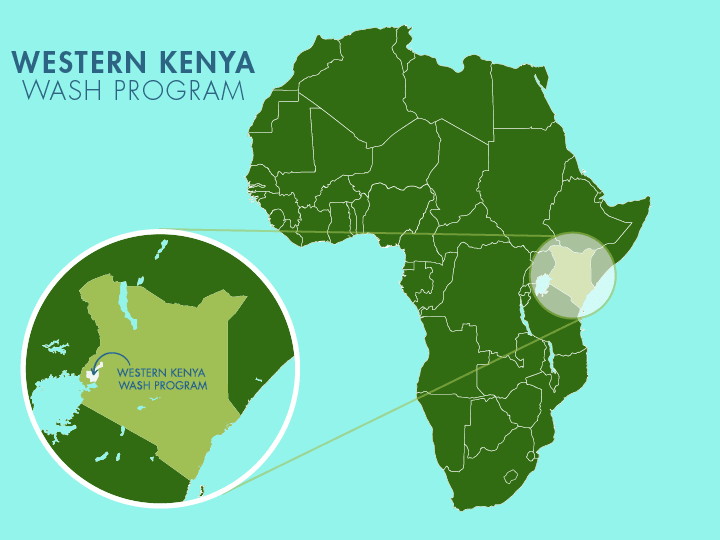
 Protected Spring
Protected Spring
 Rehabilitation Project
Rehabilitation Project

